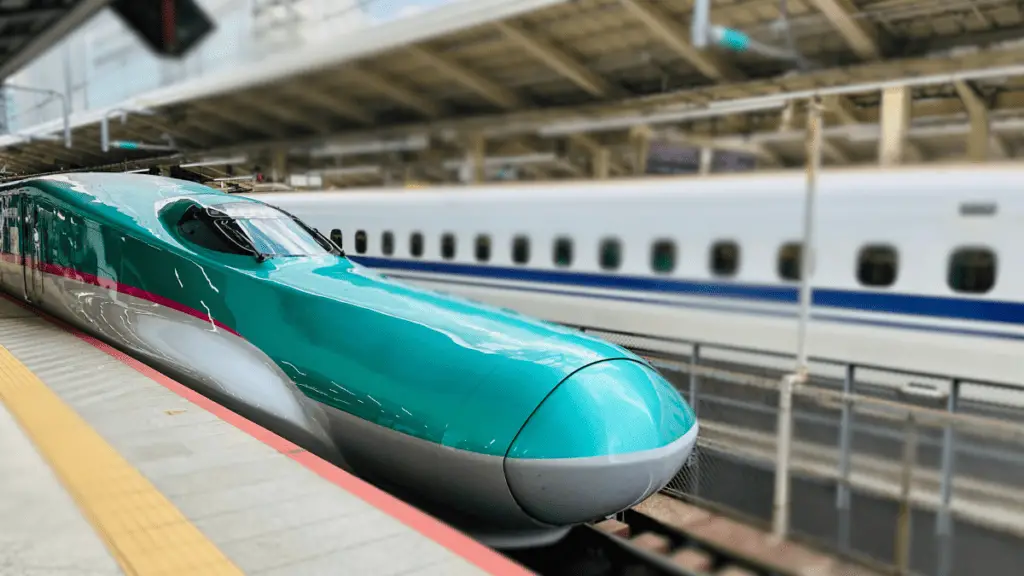Flying a drone in Japan can be an incredible way to capture the country’s stunning landscapes, but there are several rules and regulations to be aware of. You might be wondering if it’s allowed to fly a drone at all, where you can fly, or if you need any permissions.
You can fly a drone in Japan, but there are specific rules and guidelines you must follow. Since June 20, 2022, every unmanned aircraft weighing 100g or more needs to be registered. The Japan Civil Aviation Bureau (JCAB) has regulations regarding where and how you can fly your drone in Japan.
Keep reading to understand these regulations and what steps you should take to fly your drone in Japan legally!
Understanding Drone Regulations in Japan
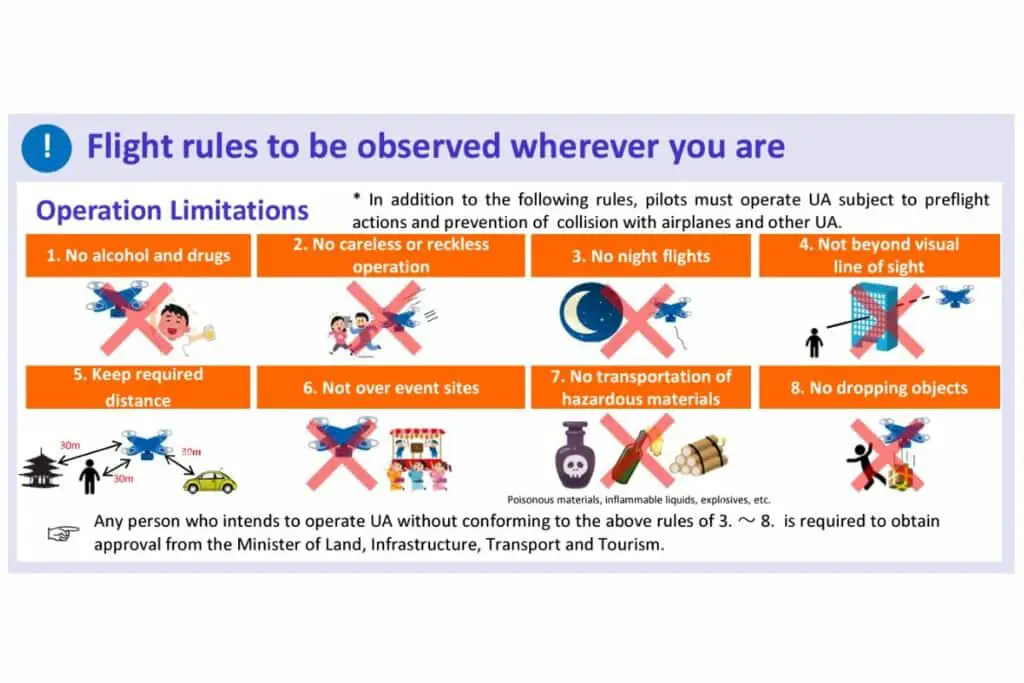
The primary rules regarding drone use are set by the Japan Civil Aviation Bureau (JCAB). If your drone weighs 100 grams or more, you need to follow these regulations:
- Flying Height: Do not fly above 150 meters (ca. 492 ft) from the ground.
- Crowded Areas: You are not allowed to fly in densely populated areas unless you have special permission.
- Near Airports: Drones cannot fly within a 9 km (5.6 miles) radius of airports.
- Over People or Events: You cannot fly drones directly over crowds, events, or gatherings.
- Night Flights: Flying at night is not allowed without permission.
- Minimum Distance: Keep your drone at least 30 meters away from people, cars, and buildings.
- Visual Line of Sight: You must be able to see your drone at all times.
For more detailed regulations, visit the Japan Civil Aviation Bureau’s website and the Drone Act.
Before Flying Your Drone in Japan

Before taking off, it’s crucial to make sure your drone is compliant with Japan’s regulations. If your drone weighs 100 grams or more, it must be registered with the Japan Civil Aviation Bureau (JCAB). After registering, you need to display the registration ID on the drone. Also, every drone needs to have a remote ID function. If your drone doesn’t have one built-in, you’ll have to attach an external remote ID device.
Steps to prepare your drone:
Hey, check out these recommendations I have for you!
Before going any further, take a look at some of the recommendations I've handpicked for you. I think these are essential items you should have on your trip to Japan. You can check them out and buy them directly from Amazon.
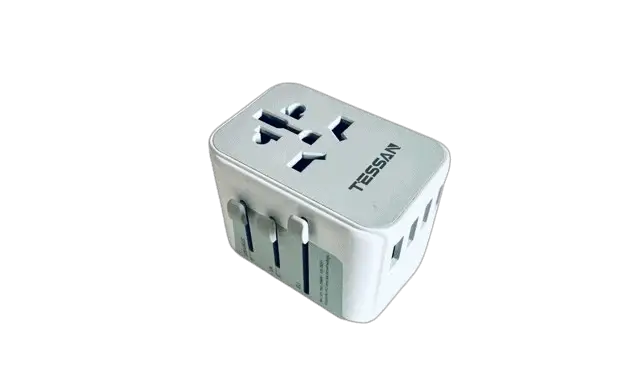
|
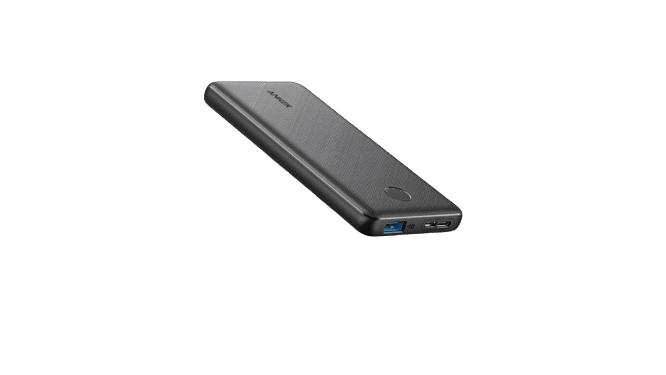
|
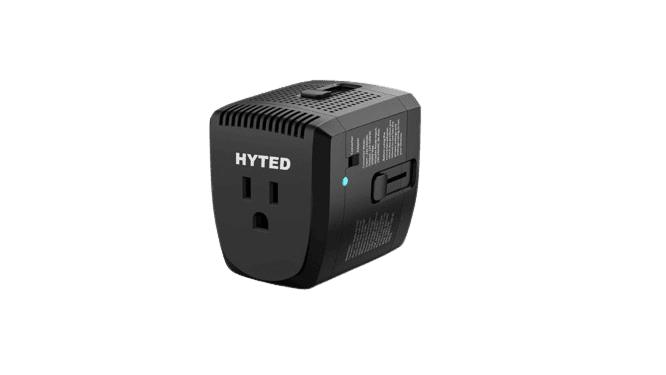
|
| A universal travel adapter | A 10,000 mAh power bank | A travel adapter and converter |
- Register Your Drone: Register it with the Japan Civil Aviation Bureau (JCAB) through their online portal.
- Display the Registration ID: Place the ID number on a visible part of your drone.
- Equip Your Drone with Remote ID: Check if your drone has a built-in remote ID function. If not, install an external remote ID device.
Registering Your Drone
In Japan, any drone weighing 100 grams or more must be registered with JCAB. Registration involves providing information about the drone and the pilot. Once registered, your drone will receive a unique ID that must be displayed on the drone. This step ensures compliance and helps authorities monitor drone activities.
Register your drone at: Unmanned Aircraft Registration Web Portal for Japan
Putting your Registration ID
When putting your registration ID on your drone, you need to ensure that it’s clearly displayed. The ID should be in a spot that’s easy to see without disassembling the drone.
Insider tips for your Japan trip. Quick, easy, and free!
I Want This
I use a portable label printer from Amazon to print my ID label, as it’s quick, easy, and ensures a clean, durable label. If you already have a label printer, you can use that, but if not, this type of compact printer is a great tool to have for labeling all your devices accurately (there are more professional label printers available too, if you prefer).
Using the Remote ID Function
As I told you, every drone in Japan must have a remote ID function (either built-in, or an external remote ID device). Keep in mind that all license-free radio equipment for unmanned aircraft must have a “Technical Conformity Mark” to be legally used in Japan. Without this mark, your equipment may be seen as illegal, even if it follows standards from other countries. More information about conformity can be found here.
I personally recommend this external remote ID device from Amazon that carries this mark to stay on the safe side. While there are cheaper options out there, I couldn’t confirm if they had the mark, so I prefer not to take the risk.
Where to Fly a Drone in Japan
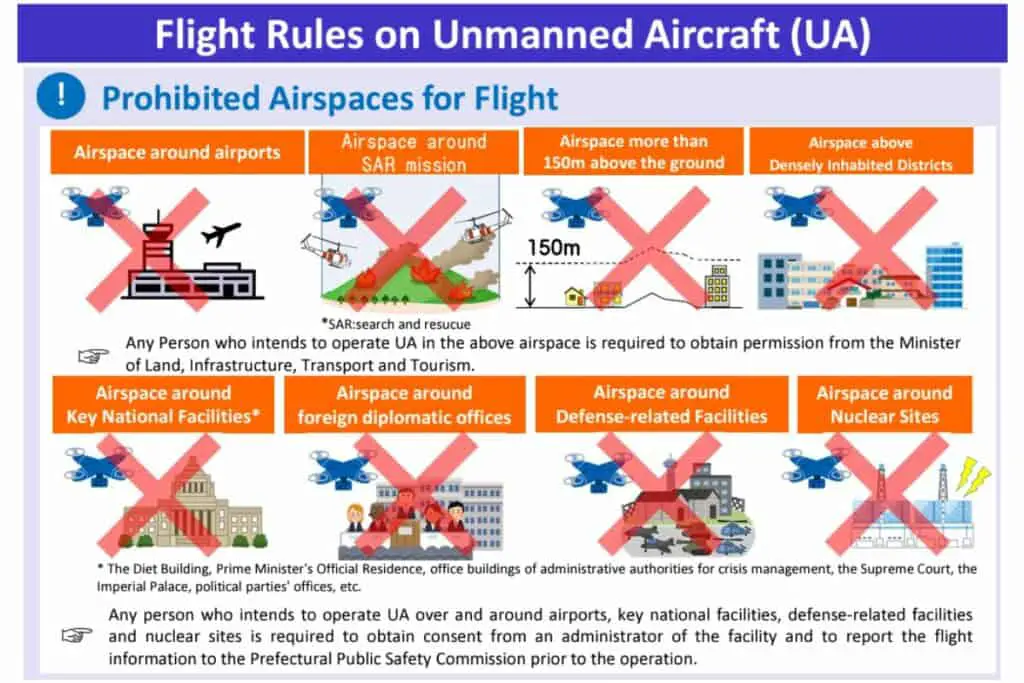
When deciding where to fly a drone in Japan, you need to be aware of the various restrictions and regulations in place to avoid fines or legal trouble. Japan’s Ministry of Land, Infrastructure, Transport, and Tourism (MLIT) has designated no-fly zones, which include densely populated areas, around airports, near major infrastructure (like highways and railways), and above large gatherings of people.
To help drone users, Japan provides a GSI (Geospatial Information Authority) map, which clearly marks restricted zones, including congested regions and controlled air spaces. It’s crucial to check this map before planning a flight to avoid flying in prohibited areas.
However, beyond just avoiding restricted zones, you should also consider the rules of specific regions or tourist attractions. Some places like temples, shrines, and national parks have their own regulations. Additionally, while some open areas or coastal spots are not restricted by MLIT, local ordinances might still prohibit flights, so checking in advance is essential.
For scenic flights, regions such as Hokkaido, the Izu Peninsula, or certain rural areas offer excellent drone-friendly environments with fewer restrictions and stunning landscapes. Beaches and open spaces along Japan’s vast coastlines are also great, as long as you stay away from crowds. However, always fly at a safe distance and maintain clear communication with locals or authorities if needed. When in doubt, it’s best to reach out to local tourism offices to confirm regulations. Always prioritize safety, privacy, and respect for the surroundings while flying your drone in Japan.
You may also like:
Can I Open Tax Free Items in Japan? A Quick And Helpful Guide
Fly a Drone in Japan’s National Parks or Cultural Sites
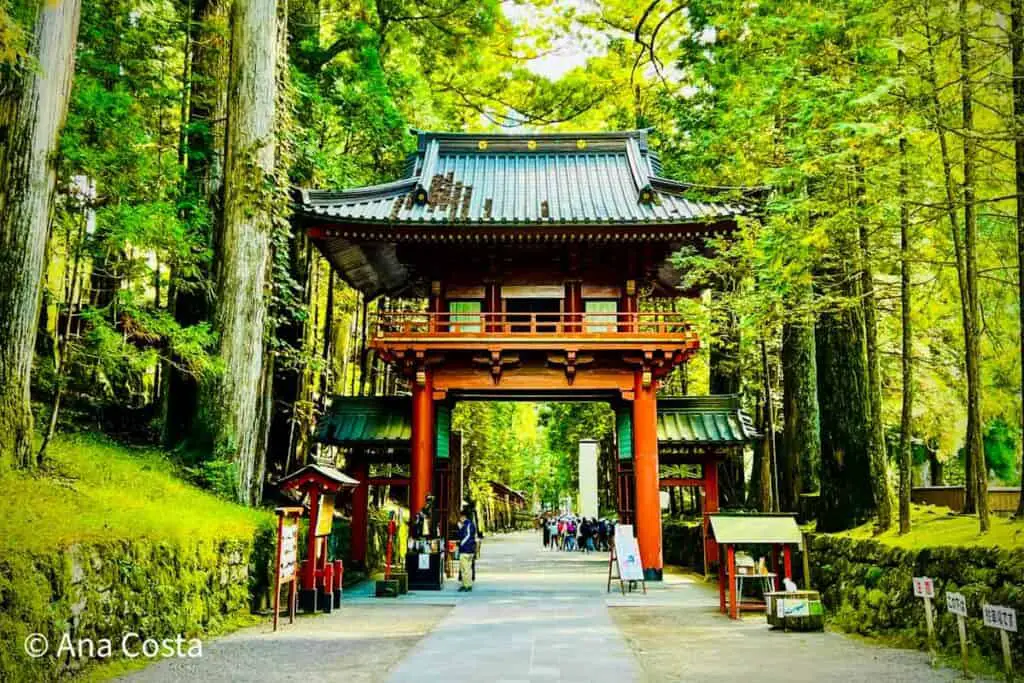
Many popular tourist destinations in Japan, like national parks and cultural sites, have additional restrictions. In places like Kyoto or Nara, flying a drone near historical sites is often prohibited to preserve the sites and maintain public safety. Temples and shrines usually ban drone flights to maintain safety and the peaceful atmosphere. Always check with the local park office or the official website for each location before flying.
For instance, in famous spots like Nikko National Park or Hakone National Park, drone flights are usually not allowed without prior permission from park authorities. The same applies to cultural sites such as Kiyomizu-dera Temple in Kyoto or Fushimi Inari Taisha Shrine.
If you intend to fly within these areas, you’ll often need to apply for special permission from the local governing bodies, such as park authorities or local municipal offices. Violating these regulations can result in fines or even confiscation of your drone.
Fly a Drone in Japan’s Urban Areas
Fly a drones in Japan cities is also highly restricted, especially over densely populated regions like Tokyo, Osaka, or Kyoto. The MLIT designates these cities as Densely Inhabited Districts (DID), where drone flights are prohibited without special permission. This means you can’t fly your drone over iconic city landmarks like Tokyo Tower, Shibuya Crossing, or the Osaka Castle area without the necessary approval. To fly in these regions, you must apply for special permission.
Even in less crowded urban spots, keep in mind that you cannot fly your drone within 30 meters of people, cars, or buildings. Always prioritize safety and the privacy of local residents when planning your flight.
Permission to Fly in Restricted Areas
If you’re planning to fly your drone in Japan and you’re eyeing restricted areas like densely populated districts (DIDs), parks, or near airports, you’ll need to get official permission first.
Insider tips for your Japan trip. Quick, easy, and free!
I Want This
To apply for permission, you need to fill out an online application form via the Drone Information Platform System website (DIPS). You’ll have to provide detailed information about your drone, flight route, purpose, and safety measures. Keep in mind that it might take a few weeks for approval, so plan well in advance.
For flights near airports or areas with air traffic, special procedures are required, and it’s essential to follow the local Civil Aviation Bureau’s rules. Similarly, if you want to fly over national parks or certain cultural sites, you may need to get approval from the local park authority or the municipal office.
It’s a good idea to read through the specific requirements on their official websites or call ahead to avoid last-minute surprises. Keep the necessary documents and permits handy during your trip, as local authorities can request them at any time.
Safety Measures and Etiquette
When flying a drone in Japan, safety is your top priority. You should always be aware of your surroundings and ensure that your drone is never a nuisance to others. Avoid flying close to people, vehicles, or private properties to prevent accidents or privacy issues.
Even if you have permission, it’s crucial to respect public spaces and the people enjoying them. For instance, in popular sightseeing spots, it’s common etiquette not to fly your drone too close to visitors or create loud noises that could disrupt the peaceful environment. Being courteous and careful while flying will help maintain the beautiful experiences Japan offers without upsetting locals or other travelers.
Insurance Requirements
When you fly a drone in Japan, having insurance is not legally mandatory, but it’s highly recommended. Accidents can happen even if you’re cautious, and drone-related incidents can lead to significant financial liabilities. This is why many drone pilots in Japan opt for liability insurance. If a drone crashes, they are covered for damages to property or injuries to people.
Some insurers offer specific drone insurance packages, and these are worth looking into, especially if you plan to fly in urban areas or near crowds where the risks are higher.
Before purchasing insurance, check the coverage details thoroughly. Ideally, the insurance should cover both third-party liability and damage to your drone. If you’re renting a drone during your trip, check with the rental company about any insurance requirements or existing policies.


